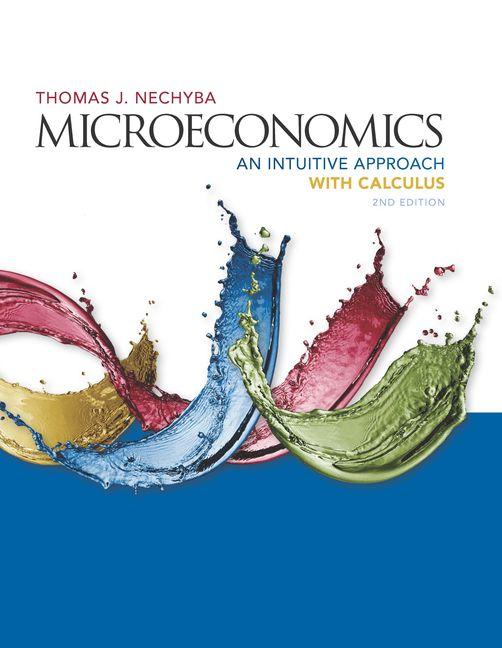Question
Please see attachment for directions Directions Bay Street Bancorp This case is about comparing hedging strategies. In Phase 1, the bank obtains $ 5,000,000 from
Please see attachment for directions
Directions Bay Street Bancorp This case is about comparing hedging strategies. In Phase 1, the bank obtains $ 5,000,000 from Fannie Mae and invests in T-bills. See page 797. The bank receives 5.1 percent on its investment. In this case, they face risk if the interest rate falls below 5.1 percent. Question 1 Bank's end of term investment. We are assuming an investment period of 1 year. 5255000 Phase 2 The bank obtains 25,000,000 in CD deposits and pays interest on them at 5.04 percent. Bank's payments total 26350000 Phase 3 The bank loans 30,000,000 in fixed-rate mortgages. Bank's end of term investment. We are assuming an investment period of 1 year. 32163000 Give examples of interest rate exposure. In Phase 1, a decline in interest rates means a decline in bank revenue. Suppose interest rates fall to 4.99 percent. Phase 1 5249500 this is less than the 5255000 the bank received in question 1 at an interest rate of 5.1 percent. Phase 2 In Phase 2, a rise in interest rates means a rise in bank payments. Suppose interest rates rise to 5.5 percent. 26375000 This is higher than the payment of 26350000 in Question 1. Phase 3 In Phase 3, a decline in interest rates means a decline in bank revenue. Put in an interest rate and that is lower than 7.21 percent and compute the end of term investment. See A12. Do questions 2-4 together. The bank will use a long hedge to guarantee a desired yield in case interest rates decline in phases 1 and 3. The bank will use a short hedge to guarantee a desired yield in case interest rates rise in Phase 2. Long Hedge Phase 1 Number of futures contracts = 5000000/100000 = 50 contracts T bond futures hedge On July 7, the investor purchases T bond futures contracts at 115-01. On December 29th, the investor sells T-bond futures contracts at 121-04. Gain on hedge = -115.03125 + 121.125 = 6.09375 x 50 x 1000 = 304,687.5 115-01 is really 1151/32 or 115.03125 121-04 is really 1214/32 or 121.125 T bill futures hedge On July 7, the investor buys 94 1/100 worth of T-bill futures and sells them on December 29th, 0.0112 56000 Gain 56000 Eurdollar Deposits Gain 0.0006 3000 Gain Choose the T bond futures hedge for Phase 1. Phase 2 Short Hedge Sell T bond futures contracts on July 7. buy back T bond futures on August 25th, when the price declines to 110 24/32. Sell T bond futures contracts on Dec 29th at 121 4/32 Compute gain from July 7 to August 25th, 115.03125 -110.75 4.28125 compute gain from August 25th to December 29th. 121.125 -110.75 10.375 add the two gains 14.65625 This is a percentage gain of .1465625 3664062.5 total gain T bill futures hedge Sell at 94.01 on July 7 buy back at 94.72 on August 25th Sell at 95.13 on December 29th. 94.01 -94.72 -0.71 loss 95.13 -94.72 0.41 Gain -0.3 total loss Therefore, this strategy will not work. Look at the figures in the T-bill futures column on page 796 to see if the decline in the first transaction can be offset by by a gain in the second transaction. There is one case. Sell at 94.01 on July 7, buy back at 94.57 on July 14 and sell at 95.13 on December 29th. 94.01 -94.57 -0.56 There is a loss here. 95.13 -94.57 0.56 Gain 0 Total gain Eurodollar deposit futures Sell eurodollar deposit futures at 94.60 on July 7. Buy back at 94.07 on August 18th. Sell at 94.66 on December 29th. 94.6 -94.07 0.53 Gain 94.66 -94.07 0.59 1.12 Gain on Eurodollar deposits = (1.12/100)*25,000,000 = 280,000 Choose the T bond futures hedge for Phase 2. Phase 3 Long Hedge for 30 year mortgages T bond futures hedge On July 7, the investor purchases T bond futures contracts at 115-01. On December 29th, the investor sells T-bond futures contracts at 121-04. 0.0609375 1828125 T bill futures hedge (95.13-94.01)/100 Multiply this by 30,000,000 to get 336,000 as the gain Long Hedge-Eurodollar deposits Purchase at 94.60, sell at 94.66 for a gain of .06/100. Gain 0.0006 18000 Choose the T-bond futures hedge for Phase 3. Do questions 5 and 6 following the same steps as 2-4 with the figures given in the question. Let me know if you have questions. 7. The bank only eliminates interest rate risk. It does not eliminate default, liquidity, or maturity risk. Customers may default on the 30-year mortgage. These strategies do not provide any guaranteed rates beyond a year subjecting the bank's portfolio to both liquidity and maturity risks.
 #Microsoft Office User ##M#i#c#r#o#s#o#f#t# #O#f#f#i#c#e# #U#s#e#r# # # # # # # # # # # # # # # # # # # # # # # # # # # # # # # # # #y`#
#Microsoft Office User ##M#i#c#r#o#s#o#f#t# #O#f#f#i#c#e# #U#s#e#r# # # # # # # # # # # # # # # # # # # # # # # # # # # # # # # # # #y`# Step by Step Solution
There are 3 Steps involved in it
Step: 1

Get Instant Access to Expert-Tailored Solutions
See step-by-step solutions with expert insights and AI powered tools for academic success
Step: 2

Step: 3

Ace Your Homework with AI
Get the answers you need in no time with our AI-driven, step-by-step assistance
Get Started


